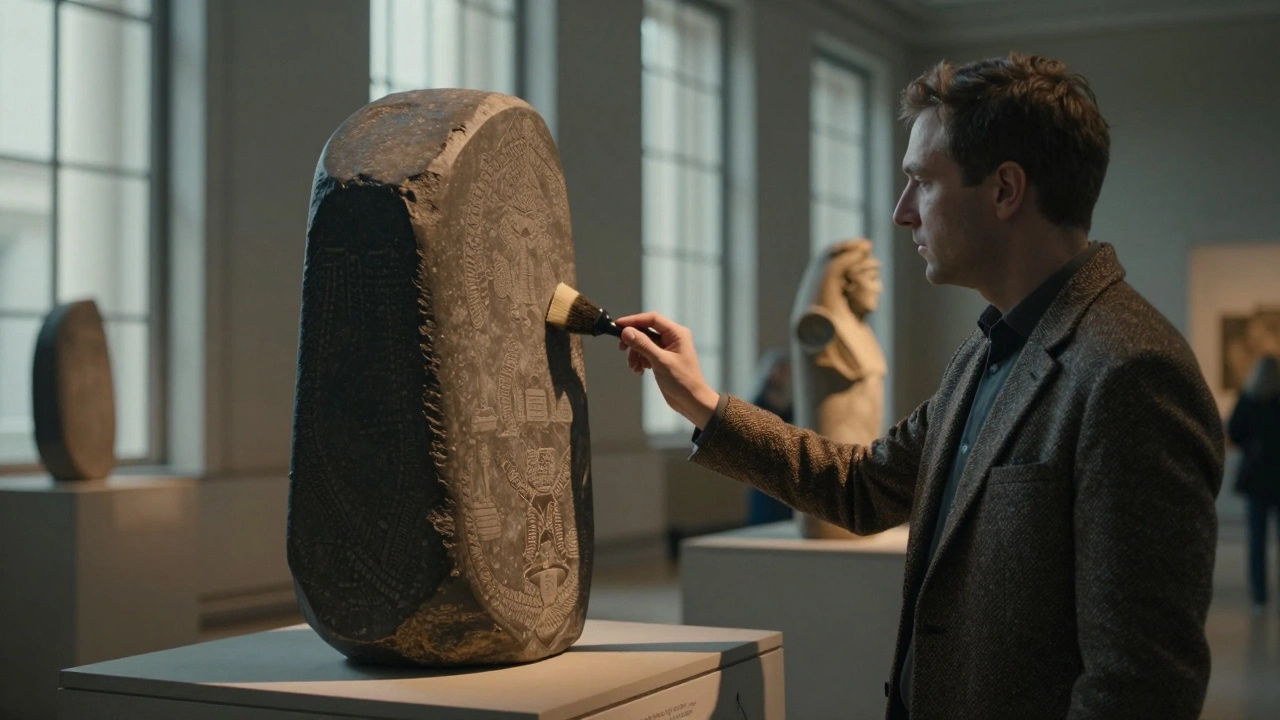
Behind the Scenes: What Makes London’s Museums So Captivating?
London’s museums captivate not because of their collections, but because of how they connect people to history, emotion, and identity. Free entry, thoughtful curation, and quiet innovation make them uniquely powerful.
View More
